How to Fix a Zipper on Clothes: The Complete Guide to Restoring Jackets, Pants, and Dresses
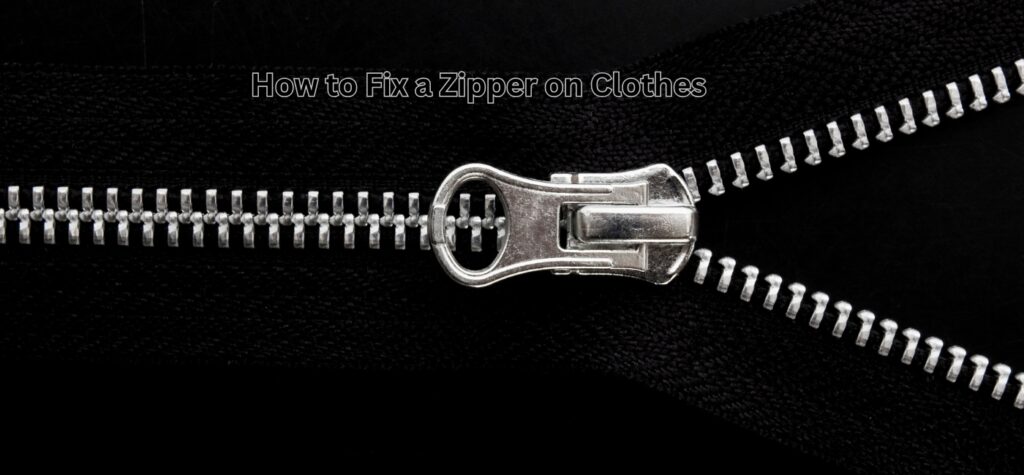
Learn how to fix zippers on clothing with our essential guide. From stuck sliders to broken teeth, discover simple DIY solutions using household tools. Extend the life of your favorite garments and save money on repairs with these expert-approved zipper restoration techniques for jackets, pants and dresses.
How to Make Mock Up Designs for Clothes: A Designer’s Guide

Learn how to make professional clothing mockups with this step-by-step guide. Discover tools and techniques to create realistic digital prototypes, reduce sampling costs, and showcase designs effectively for marketing and production. Perfect for fashion designers and brands looking to streamline their creative process.
Beyond Cotton: Why Luxury Brands Are Switching to Tencel
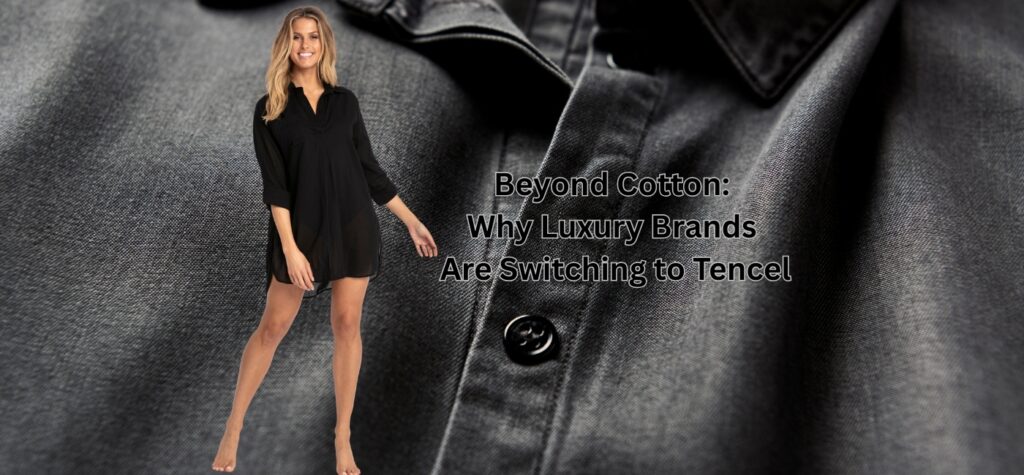
Tencel is revolutionizing luxury fashion with its exceptional softness, sustainable closed-loop production, and superior performance. This innovative fabric offers better moisture-wicking and durability than cotton while meeting modern consumers’ demands for eco-conscious luxury materials.
What is Viscose? A Fashion Brand’s Guide to the Silky Sustainable Fabric
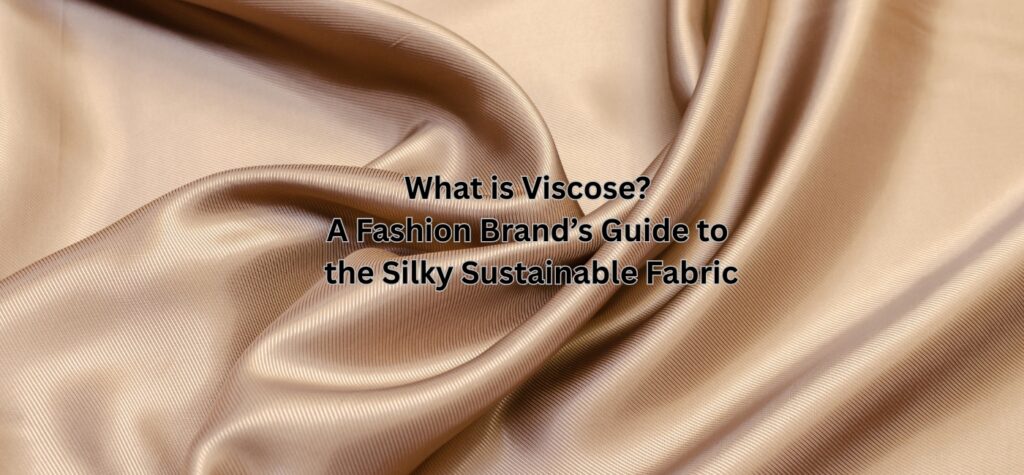
Viscose is a semi-synthetic fabric made from wood pulp, prized for its silk-like softness, breathability, and vibrant dye retention. While affordable and versatile, it requires careful washing and ethical sourcing due to environmental concerns. Ideal for dresses, blouses, and sustainable fashion collections.
What is Modal Fabric? The Ultimate Guide to Pros, Cons & Uses
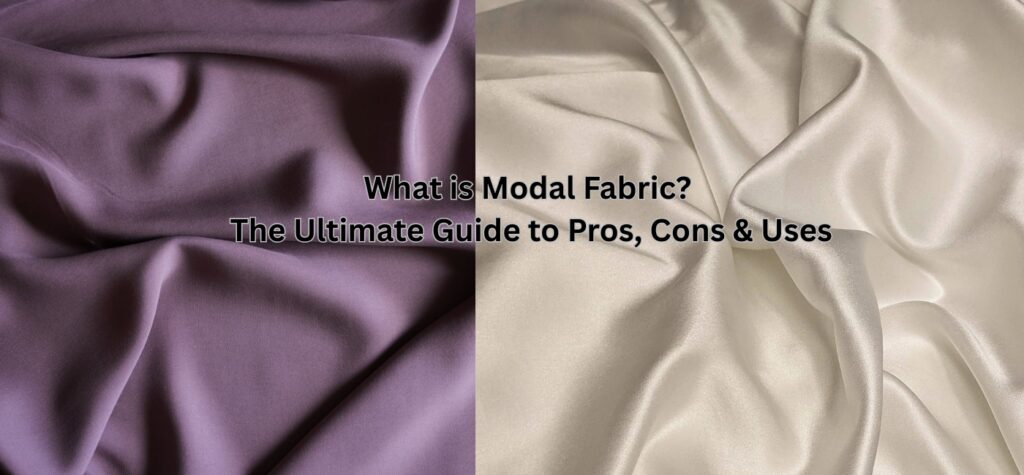
Modal is a sustainable fabric made from beechwood pulp. Known for its ultra-softness and excellent moisture-wicking, it’s ideal for activewear and undergarments. More absorbent than cotton and more eco-friendly than viscose, it requires gentle care. Choose closed-loop production for minimal environmental impact.
3 Essential Indicators of Premium Linen Fabric
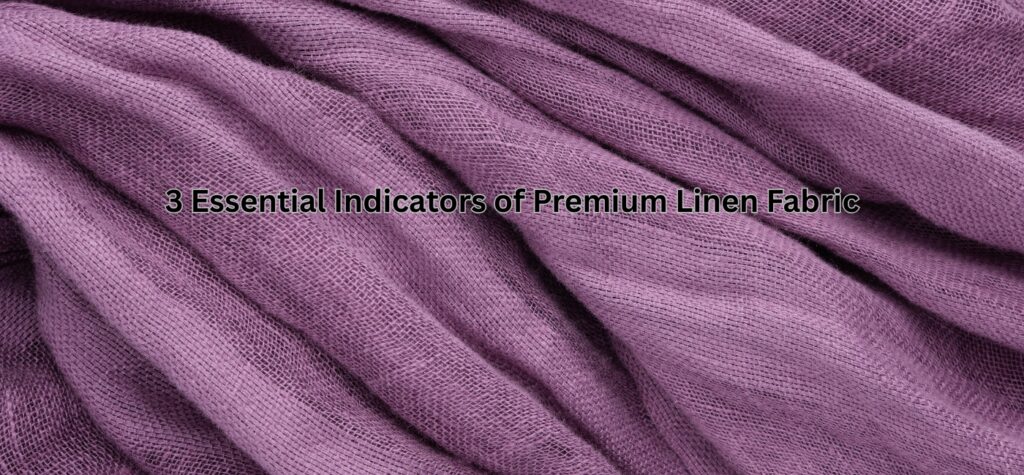
Premium linen quality is defined by three key factors: origin (Normandy/Flanders flax), thread count (Lea), and weave density. These elements determine softness, durability, and luxury—guiding consumers to invest wisely in timeless, high-performance linen.
Garment Technology: 8 Key Processes in Modern Apparel Production

Modern apparel production revolves around eight key processes: design, pattern engineering, pre-production planning, cutting, sewing, pressing, quality assurance, and packaging. Today’s manufacturers integrate AI, 3D design software, and automated systems to enhance precision, reduce waste, and accelerate time-to-market, blending traditional craftsmanship with Industry 4.0 innovation.
Color Trends | Vibrant Dresses: The Dynamic Accent of Summer Style
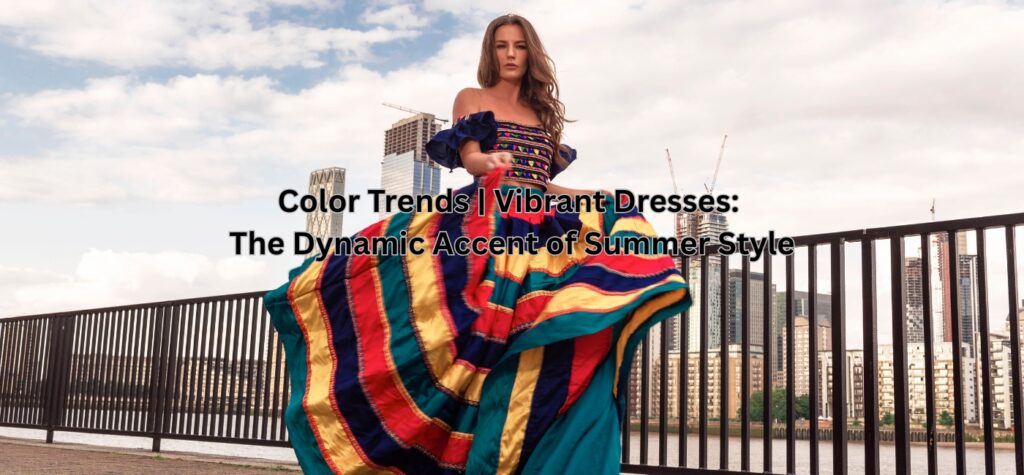
2025’s color revolution redefines summer fashion through intelligent textiles. Bio-reactive fabrics, AI-generated hues, and sustainable dye systems create dynamic dresses that adapt to environment and emotion. Key innovations include photosensitive algae silk, self-renewing enzyme dyes, and zero-waste color applications – merging vibrant self-expression with ecological responsibility.
2026 Spring/Summer Print Trends: A Creative Revival
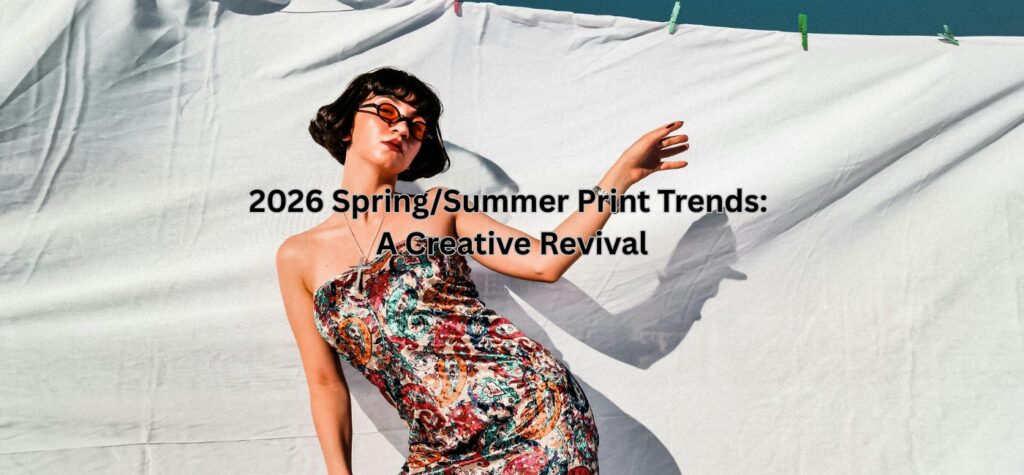
This season proves that prints are far from stagnant—they’re evolving with technology, sustainability, and bold artistic vision. Whether through handcrafted details or algorithmic designs, 2026’s patterns invite wearers to embrace joy, creativity, and conscious luxury.
Diffused Knitwear Aesthetics in 2025: The Evolution of Blurred Patterns & Tactile Dimension

2025’s knitwear revolution embraces diffused patterning – blurred motifs created through AI-assisted gradients, thermochromic yarns, and bio-dyes. This analysis explores three approaches: structured geometric, nature-inspired realistic, and emotion-driven abstract diffusion, showcasing how 3D knitting, zero-waste jacquard, and responsive textiles merge sustainability with cutting-edge design. These innovations reflect fashion’s shift toward personalized, dynamic, and consciously crafted wearable art.
